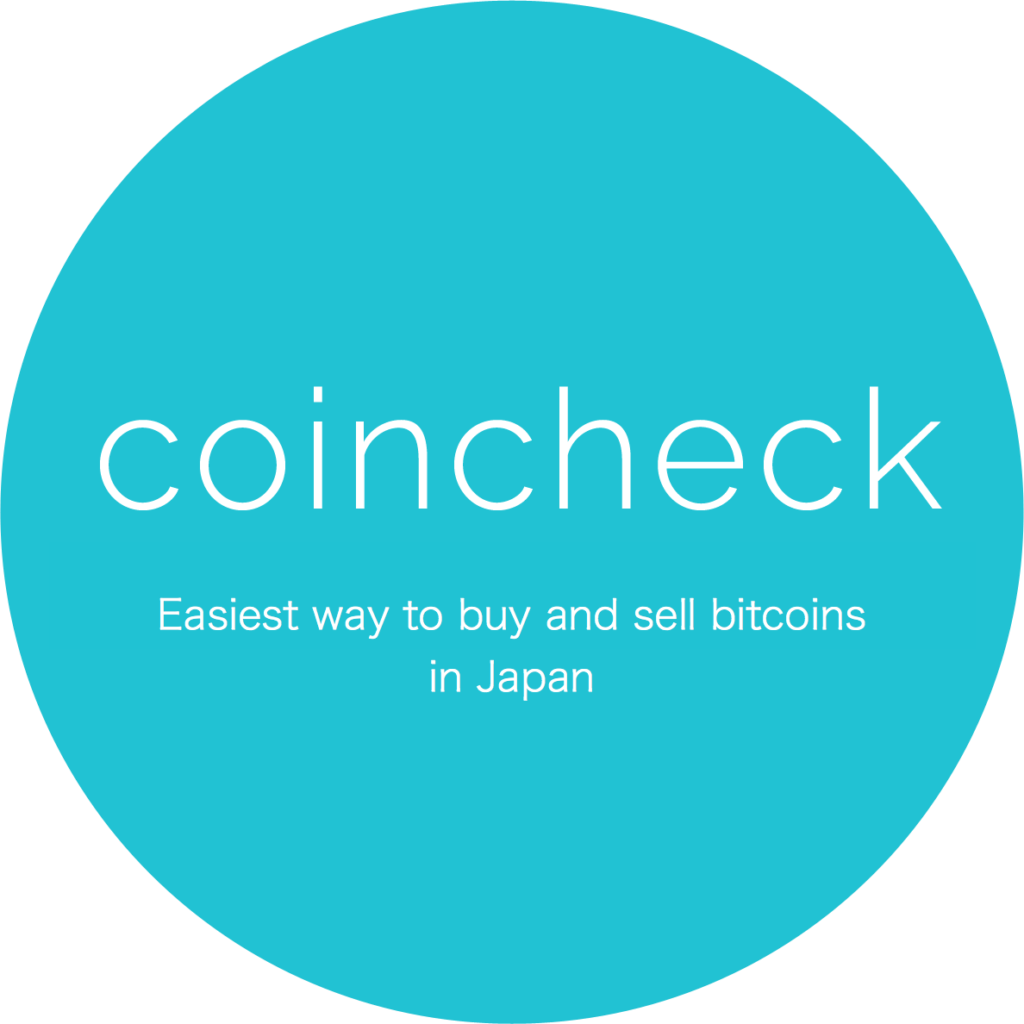Main Points:
- Record-Breaking Trading Volume: Coincheck achieved a total trading volume exceeding 4 trillion yen ($25,912,801,572), with exchange trades and broker sales surging dramatically.
- Robust Revenue Growth with One-Time Costs: Monex Group’s crypto segment reported a doubling of operating revenue year-over-year, despite incurring significant one-time expenses.
- Catalysts for Increased Activity: The surge in trading activity was driven by factors such as the U.S. presidential election, rising Bitcoin prices, and gains from IEO-related revenue.
- Expanding Custody Assets and Youthful Demographics: Coincheck’s assets under custody reached nearly 1.02 trillion yen ($6,607,764,401), and its account base surpassed 2.2 million yen ($14,252), with a majority of users under 40.
- Global Crypto and Blockchain Trends: External trends include institutional adoption, growth in decentralized finance (DeFi), non-fungible tokens (NFTs), and evolving blockchain applications.
- Regulatory and Technological Developments: Changes in regulatory frameworks and technological innovations, including layer-2 solutions and central bank digital currencies (CBDCs), are shaping the future.
- Opportunities for Investors and Practitioners: New crypto assets, revenue sources, and practical blockchain applications continue to emerge, offering promising avenues for forward-thinking investors.
1. Record Trading Volume Achieved
Monex Group’s recent Q3 earnings announcement highlights an outstanding milestone for its crypto asset business segment, particularly the Coincheck platform. During the third quarter of the fiscal year 2025 (April to December 2024), Coincheck recorded an aggregate trading volume of approximately 4.0321 trillion yen ($26,120,751,805). Breaking down the numbers, exchange-based trades reached roughly 3.7865 trillion yen ($24,529,705,788)—a staggering 131% increase year-over-year—while sales through its brokerage services generated about 245.6 billion yen ($1,591,046,017), reflecting a 99% rise compared to the previous year. This record-breaking performance underscores the increasing appetite for digital asset trading in Japan and illustrates the platform’s ability to handle high-volume transactions in a rapidly evolving market.
2. Robust Revenue Growth Amid Operational Costs
Coincheck’s financial performance is marked by a significant surge in operating revenue. The crypto asset business segment posted an operating revenue of approximately 9.935 billion yen ($6,436,092,091) in the period, which represents an increase of 101.8% compared to the same quarter of the previous fiscal year. However, despite this impressive top-line growth, the segment reported a net loss of about 14.3 billion yen ($92,638,266). This loss was primarily attributed to a one-time expense of around 13.7 billion yen ($88,860,926) incurred when Coincheck Group N.V.—the wholly owned parent company of Coincheck—went public on the Nasdaq market in the United States on December 11, 2024. The strategic decision to list on Nasdaq, while resulting in a temporary financial setback, is viewed as a long-term investment in enhancing global visibility and credibility within the competitive crypto ecosystem.
3. Catalysts Behind Increased Trading Activity
Several factors contributed to the remarkable increase in trading volume on Coincheck. One notable catalyst was the heightened investor interest triggered by the U.S. presidential election. This geopolitical event spurred a wave of market activity, as investors worldwide sought alternative assets amid a climate of uncertainty. Concurrently, the rising price trend of Bitcoin added fuel to the fire, attracting both retail and institutional investors looking to capitalize on upward momentum. Additionally, the platform benefited from revenues linked to Initial Exchange Offerings (IEOs), which have emerged as a popular method for launching new crypto projects. These offerings not only diversified the revenue streams for Coincheck but also signified a broader shift in the market, where innovative fundraising methods are increasingly complementing traditional trading activities.
4. Coincheck’s Custody Assets and User Demographics
Further reinforcing its strong market position, Coincheck’s operational data reveals that by the end of December 2024, the platform’s assets under custody reached nearly 1.02 trillion yen ($6,607,764,401). At the same time, the number of registered accounts on Coincheck surged to around 2.2 million yen ($14,252). An analysis of the customer base indicates a youthful demographic, with 52% of users in their 30s or younger, 42% in their 40s and 50s, and only 6% being 60 years of age or older. This demographic distribution not only highlights the platform’s appeal among younger investors who are typically more tech-savvy and open to innovative financial instruments but also points to the growing mainstream acceptance of digital assets across various age groups.
5. Evolving Trends in the Global Crypto and Blockchain Landscape
While Coincheck’s performance is noteworthy on its own, it is part of a larger narrative that reflects dynamic changes in the global crypto and blockchain landscape. In recent months, there has been a noticeable surge in trading volumes and a renewed interest in digital assets across international markets. This resurgence is partly driven by increasing institutional adoption, as major financial institutions and asset managers diversify their portfolios by incorporating cryptocurrencies. Moreover, the technological evolution within blockchain ecosystems has spurred the development of decentralized finance (DeFi) platforms, non-fungible tokens (NFTs), and advanced smart contract applications. These innovations are redefining how value is created, exchanged, and stored, pushing the boundaries of traditional finance and paving the way for entirely new revenue models.
Investors are not only attracted by the potential for high returns but also by the transformative impact of blockchain technology on sectors ranging from supply chain management to healthcare and real estate. For example, layer-2 scaling solutions have emerged to address issues of scalability and high transaction fees on networks like Ethereum, thereby enhancing the usability and efficiency of decentralized applications (dApps). Furthermore, the tokenization of assets is opening up new opportunities for fractional ownership and liquidity in traditionally illiquid markets. As the crypto market continues to evolve, these trends are expected to contribute significantly to the overall growth and maturation of the industry.
6. Regulatory Developments and Future Prospects
The regulatory environment surrounding cryptocurrencies and blockchain technology is undergoing substantial change, with significant implications for the industry’s future. In many regions, including parts of Europe and Asia, governments are crafting regulatory frameworks designed to foster innovation while simultaneously ensuring investor protection. This regulatory clarity is critical for the continued expansion of platforms like Coincheck, as it builds investor confidence and creates a more secure trading environment.
In the United States, the regulatory landscape remains somewhat uncertain, with ongoing debates over the role of the Securities and Exchange Commission (SEC) and the potential introduction of new legislation. Despite this uncertainty, the decision by Coincheck Group N.V. to list on Nasdaq signals a strategic move toward increased transparency and compliance, which could help set a precedent for other crypto businesses aiming to navigate the complex regulatory milieu. Additionally, emerging regulatory trends such as the exploration of central bank digital currencies (CBDCs) and enhanced anti-money laundering (AML) measures are likely to further shape the future of digital asset markets, influencing both market dynamics and institutional participation.

7. Implications for Investors and Blockchain Practitioners
For investors and professionals in the blockchain space, the developments highlighted by Coincheck’s recent performance offer several key takeaways. First, the significant surge in trading volumes and revenue growth demonstrates that despite market volatility, there is strong underlying demand for digital assets. The integration of innovative fundraising methods like IEOs and the increasing participation of younger investors are clear indicators of a vibrant and evolving market.
Moreover, the broader trends in institutional adoption and blockchain technology innovation suggest that the crypto market is maturing, with a shift from speculative trading toward more practical applications. This maturation is particularly relevant for investors seeking new revenue sources and for practitioners aiming to implement blockchain solutions in real-world settings. Opportunities abound in areas such as decentralized finance, asset tokenization, and cross-border payments, all of which are expected to benefit from the ongoing evolution of blockchain technology.
Furthermore, as regulatory frameworks become clearer and more supportive, the overall ecosystem is likely to experience enhanced stability and growth. Investors can expect increased transparency and security from crypto platforms, making it easier to identify promising new crypto assets and revenue streams. For blockchain practitioners, the expanding landscape offers fertile ground for innovation and the development of applications that can transform traditional industries.
Future Outlook
In summary, Coincheck’s achievement of surpassing a 4 trillion yen ($25,912,801,572) trading volume, combined with a robust operating revenue growth despite significant one-time expenses, paints a compelling picture of the dynamic state of the crypto market. The impressive surge in trading activity, catalyzed by geopolitical events such as the U.S. presidential election and the upward trend in Bitcoin prices, reflects a broader shift in investor sentiment and market dynamics. With assets under custody reaching new heights and a rapidly expanding user base characterized by youthful demographics, Coincheck is well positioned within the competitive digital asset landscape.
At the same time, broader trends in the global crypto and blockchain ecosystem—ranging from the rise of institutional adoption and decentralized finance to technological innovations like layer-2 scaling and asset tokenization—are redefining how value is created and exchanged. As regulatory frameworks evolve to better accommodate these changes, both investors and blockchain practitioners are presented with numerous opportunities to explore new crypto assets and revenue streams. The path forward is one of both challenges and tremendous potential, with the promise of a more secure, efficient, and innovative financial future powered by blockchain technology.
Overall, the developments detailed in Monex Group’s Q3 earnings report not only underscore the rapid growth of digital asset trading in Japan but also serve as a microcosm of the global evolution within the crypto space. As the market continues to mature, stakeholders at every level—from individual investors to large institutional players—will need to stay attuned to these trends in order to capitalize on the opportunities presented by the next generation of blockchain innovation.


